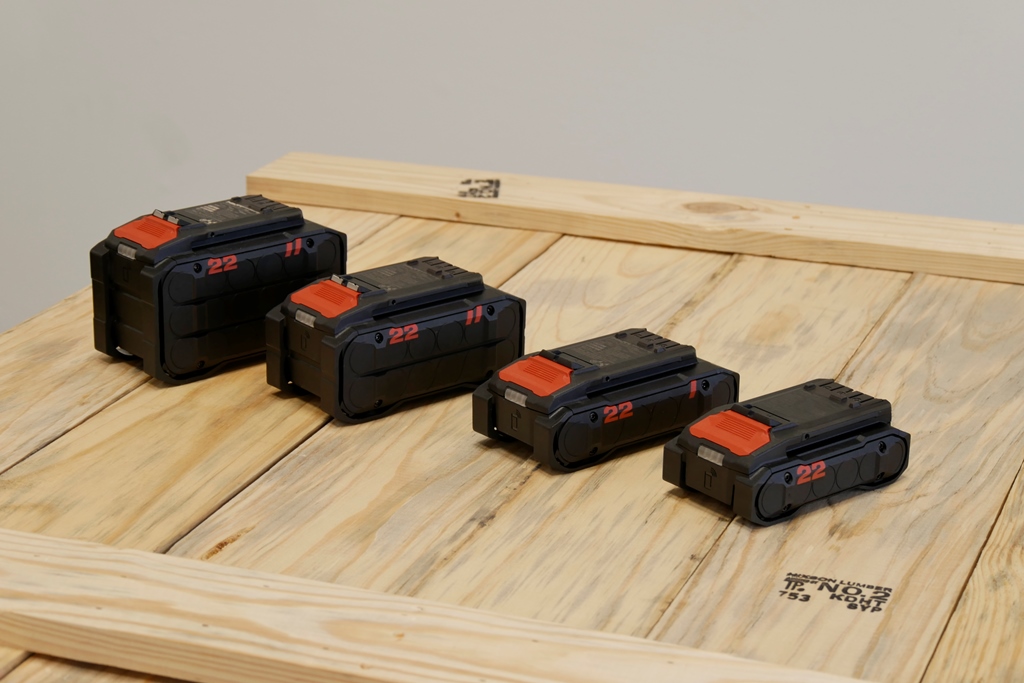Power tools aren’t cheap and they’re a goldmine for thieves. Whether you’re a contractor working out of a van, a DIYer with a packed garage, or someone storing tools on a jobsite, theft is always a threat. But it doesn’t have to be a losing battle.
Let’s talk about the best ways to outsmart the thieves and protect what’s yours.
Lock Down Your Vehicle
If you store tools in your truck or van, that’s your first line of defense. Most thefts are crimes of opportunity, if it looks easy, it’s gone.
Use this combo for mobile security:
- 1Locking toolboxes bolted to the bed or van floor
- 2Tinted or covered windows to keep tools out of sight
- 3Alarm systems or motion-activated lights to scare off thieves
- 4Don’t advertise - no need to plaster your van with logos if it makes you a target
Pro Tip: Park with your rear doors against a wall or fence to block access.
Jobsite Strategy: Tools Never Sleep
Leaving tools out, even for a quick lunch break is a roll of the dice. At the very least, lock up high-value items before walking away.
Create a jobsite safety habit:
- Use heavy-duty lock boxes with hardened steel padlocks
- Chain larger equipment like compressors and generators to posts
- Assign one person responsible for locking up daily
- Take “can’t-lose” tools home every night, especially lasers, specialty saws, or cordless kits
Make Your Tools Unattractive to Thieves
A clean, unmarked tool is a thief’s dream. A personalized, trackable, and ugly-to-sell tool? Not so much.
Here’s how to ruin a thief’s day:
- Etch or engrave your name/company name in multiple spots
- Add bright paint or stickers that make your tool easily identifiable
- Keep a tool log with serial numbers, photos, and receipts
- Consider tool tracking systems like Milwaukee ONE-KEY, Hilti's Nuron System, DeWALT Tool Connect, or third-party Bluetooth trackers.
Pro Tip: Most pawn shops won't touch tools with obvious ownership markings.
Side Note - How Power Tool Brands Are Fighting Back
The big power tool companies know theft is a problem and they’re finally doing something about it.
Some brands offer Bluetooth tracking systems that help you locate tools, mark them as stolen, or disable features remotely. But not all systems are created equal.
Let’s break down the current landscape:
Milwaukee – ONE-KEY + TICK
- ONE-KEY allows users to track, manage, and lock down tools through an app
- The TICK tracker is a small Bluetooth tag you attach to the tool or battery
- Works great, but only if you install the TICK and others in the area also use the app
- Good for companies with multiple users, but not foolproof for individuals
DeWALT – Tool Connect
- Offers integrated Bluetooth in select batteries and tools
- You can pair tools directly in the app and check location history
- Requires setup but is easier than separate tracking tags
- Some models require the Tool Connect battery to track, keep that in mind
Hilti – Built-in Tool Tracking - Best System we have seen
- One of the best systems for hands-off users
- Tool tracking is integrated into the batteries and fleet tools
- No need to install extra hardware, it’s automatic
- Ideal for pros or companies using Hilti’s Fleet Management system
- App syncs automatically, giving you updates without extra effort
Secure Your Garage or Shop
A lot of theft happens at home. Thieves know your gear is there and they watch for open garage doors or dark alleys.
Make it tougher to break in and harder to get out:
Consider Tool Insurance
Even with the best setup, sometimes things go south. If tools are how you make a living, insurance can be a lifesaver.
Look into:
- Homeowner’s or renter’s insurance riders for personal tools
- Commercial tool coverage if you’re running a business
- Inventory tools ahead of time so claims are faster and easier
Real Talk: If your $1,000 impact wrench walks away, will you have to eat that loss or can you file a claim and be back to work tomorrow?
Final Word
Don’t wait until you get hit to start thinking about tool security. Thieves don’t care about your time, your money, or your projects. But you should.
Make theft prevention part of your routine. A few small habits, like locking up, marking your tools, and keeping gear out of sight can save you thousands and keep your projects on track.

